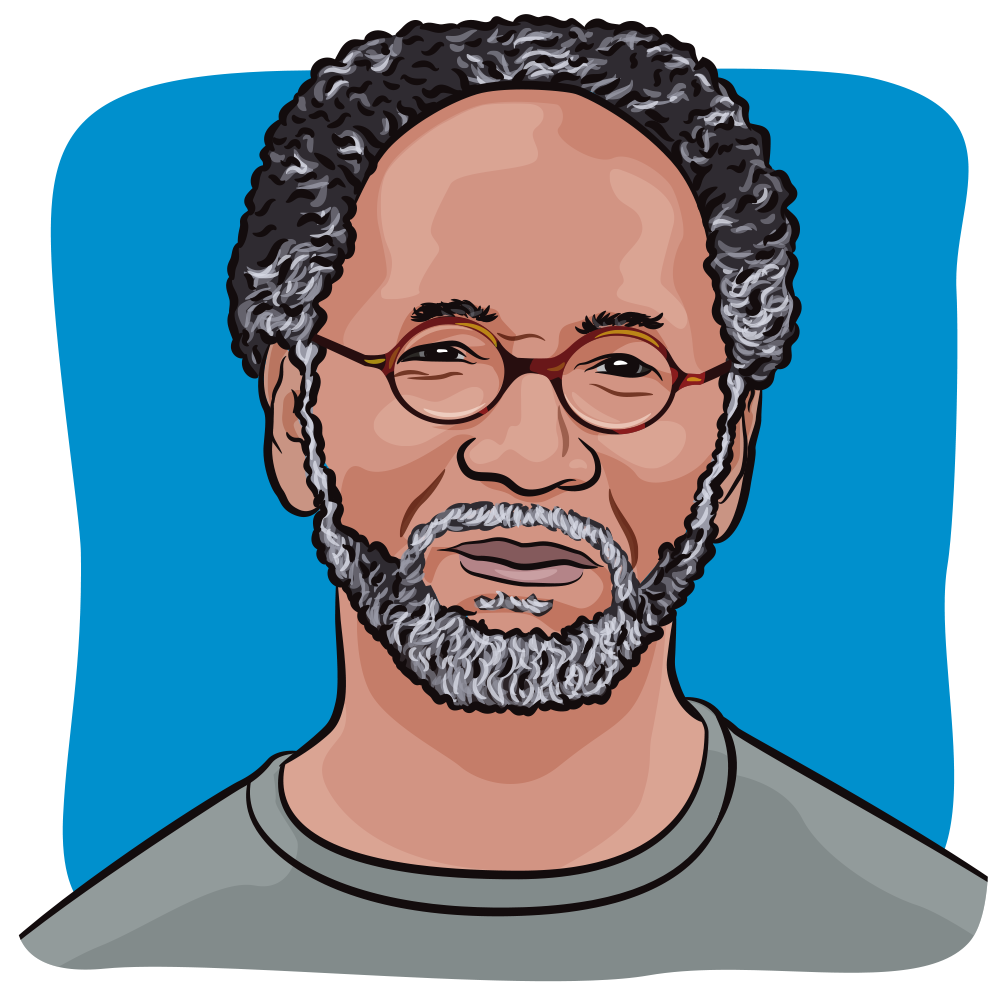Article
Dr. Bill's ultimate marathon
Author(s):
I recently joined CURE as managing editor of books and special projects. While I have been in journalism for many years now, this is my first foray, as an editor, into the complex world of cancer. But as a daughter--well, that's a different story. During one of my first staff meetings here, someone brought up the often-used analogies to describe the cancer experience: a battle, a journey, a roller coaster. But when I think of cancer, I always envision it as a marathon, admittedly, another well-worn metaphor. Perhaps that's because my father was an avid runner. He finished seven marathons in his lifetime, counted Chariots of Fire as one of his favorite movies (the theme song was one of his favorite songs), and he even founded a nine-mile running race in our hometown.But in April 2000, my father's real marathon began when he was diagnosed with metastatic melanoma. The doctors figured it was from a large malignant mole he had removed from his leg 15 years prior, but that was only a guess. Melanoma can lie dormant for years before it resurfaces in places like lymph nodes, which is where my father's recurred. A small, seemingly innocuous lump on his groin. My father was a doctor himself--an ophthalmologist--so he knew that his prognosis would not be good. And it wasn't; it was of the "get-your-affairs-in-order" variety. But, being a stubborn man, a first-generation Italian from Newark and the son of a steeplejack, Dr. Bill, as his patients called him, was just warming up. He had only begun preparing for what was going to be a grueling six-year run filled with fatigue, dehydration, pain and emotional exhaustion.There were runner's highs, like when a limb perfusion appeared to work, followed by extreme lows, when the brain mets appeared. And then there were the second, third and fourth winds when promising new studies came out. On he went, plodding from surgery to chemo to radiation. From clinical trial to clinical trial. Along the course, family and friend had lined up to cheer him on, give him water and food or tend to his injuries. In June 2006, my father hit the wall. His melanoma could no longer be controlled. He was spent, and he wanted to enjoy the final leg of the race at a slow amble, absorbing the sights and sounds of the course and the gathering crowd. On November 11, 2006, he crossed the finish line at peace--surrounded by his biggest fans.




